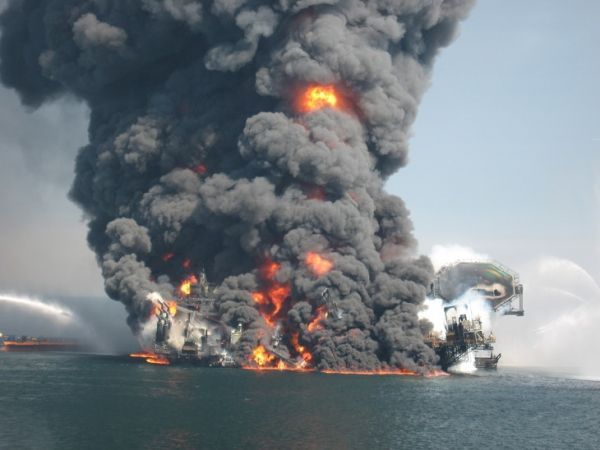Degradation rates of oil were slower in the dark and cold waters of the depths of the Gulf of Mexico than at surface conditions, according to an international team of geoscientists trying to understand where the oil went during the Deepwater Horizon oil spill.
"There's no real precedent for the Deepwater Horizon since most previous big spills were in shallow, coastal waters," said Uyen Nguyen, a doctoral student in biogeochemistry at Penn State. "No one really knew how long it would take oil to biodegrade in the deep sea where it's cold, dark, and under high pressure — factors that slow down microbial metabolism."
Naturally occurring bacteria and microbes consumed an estimated 12 to 25 percent of the 210 million gallons of oil released during the Deepwater Horizon disaster. This occurred through biodegradation.
The study used high-pressure laboratories at the Hamburg University of Technology in Germany to simulate deep-sea conditions present during spills. The researchers placed Gulf of Mexico sediment or water samples and oil in reactors with varying pressures and temperatures for 18 days to react. Afterwards, they sent the samples to Penn State to analyze how specific compounds of oil, such as polycyclic aromatic hydrocarbons and n-alkanes, degraded as a result of naturally occurring bacteria. They report their results in a recent issue of PLOS ONE.
Read more at Penn State
Image: The Deepwater Horizon oil rig burns and collapses into the Gulf of Mexico, due to an explosion — blowout — of the Macondo Well on April 20, 2010. CREDIT: US DOD


